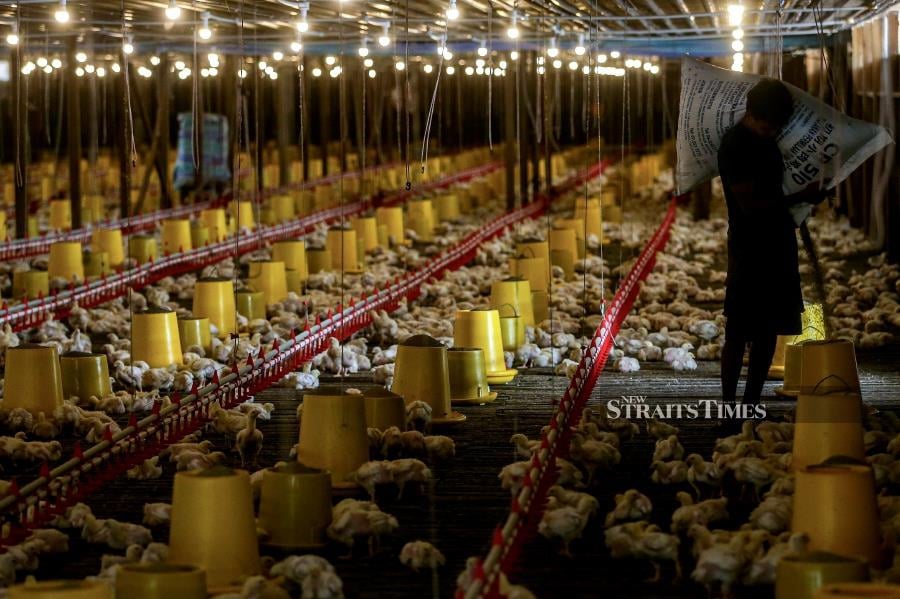
CORN is back in the news once again. It started with the rise in the price of chicken.
Since chicken is the most popular source of protein for Malaysians, its supply and price issues sparked heated discussions on social media.
All kinds of analyses and theories were shared on the crisis. But one that constantly popped up concerned chicken feed.
It became known to the public that most of the blame for the hike in chicken prices is attributable to the rising prices of chicken feed, which is apparently the major cost in chicken production.
The spike in the global prices of animal feed is also rooted in the Russia-Ukraine conflict, as well as supply shortfalls from other major producers. Not to mention the post-pandemic disrupted logistics.
The grain corn industry is relatively small in Malaysia. However, the development of the livestock industry, especially ruminants, broilers and swine, requires millions of tonnes of grain corn as the main component of their feed.
Malaysia imports nearly all its grain corn needs from Brazil, Argentina and other countries. The effort to grow corn here is not new.
The programme has been tried before. There were many farmers who ventured into growing corn those days to tap into the domestic demand.
Even rubber smallholders grew corn to supplement their income. Unfortunately, there was no proper channel to market the produce.
As a result, much was left to rot or sold at very low prices not befitting their investment.
Like everything else, there needs to be an efficient market if corn is to expand as a commodity. Palm oil is a good example of one that benefits from the presence of an efficient market.
The Agriculture and Food Industries Ministry is targeting a 30 per cent increase in grain corn production for the animal feed industry in the next five years.
This is to reduce the dependence on imported grain corn. The ministry has a clear plan.
Although Ma-laysia has grown grain corn since the 1980s, this crop is not popular among farmers. They prefer to grow sweet corn as it fetches a higher price.
Other Asean countries are way ahead in terms of production and hectarage.
One study has suggested some reasons why grain corn farming has not taken off in the country.
First, there is no suitable variety to be planted. Second, the cost of production is very high.
Third, there is no suitable machinery, especially for harvesting and drying. Fourth, there is not much government support and intervention in facilitating the marketing of the produce.
It is, therefore, no wonder that Malaysia must import grain corn every year. Almost RM4 billion is spent to import about 300,000 tonnes.
This is a big drain on the nation's foreign exchange. The expenditure has been increasing by 10 per cent every year. The dependency on imported corn is creating risk and instability in the national livestock industry.
Many believe that to increase corn production to meet future demand, the challenges lie in research and development, governance and policy implementation.
The government has targeted to produce 1.44 million metric tonnes of grain corn, from 80,000 hectares, by 2032. How do we make sure the target is realised?
Few would disagree that the national commitment to expand grain corn production is wise. The only concern is that we have made a similar commitment many times before.
And literally all have not reached the targeted production. What is going to be different this time around in terms of the strategy? What are the lessons we can learn from past efforts?
We need to analyse past failures so as not to repeat the mistakes moving forward. Otherwise, a few years down the road, we will again embark on a similar programme! - NST
The writer, Datuk Dr Ahmad Ibrahim is a professor at the Tan Sri Omar Centre for STI Policy, UCSI University


No comments:
Post a Comment
Note: Only a member of this blog may post a comment.